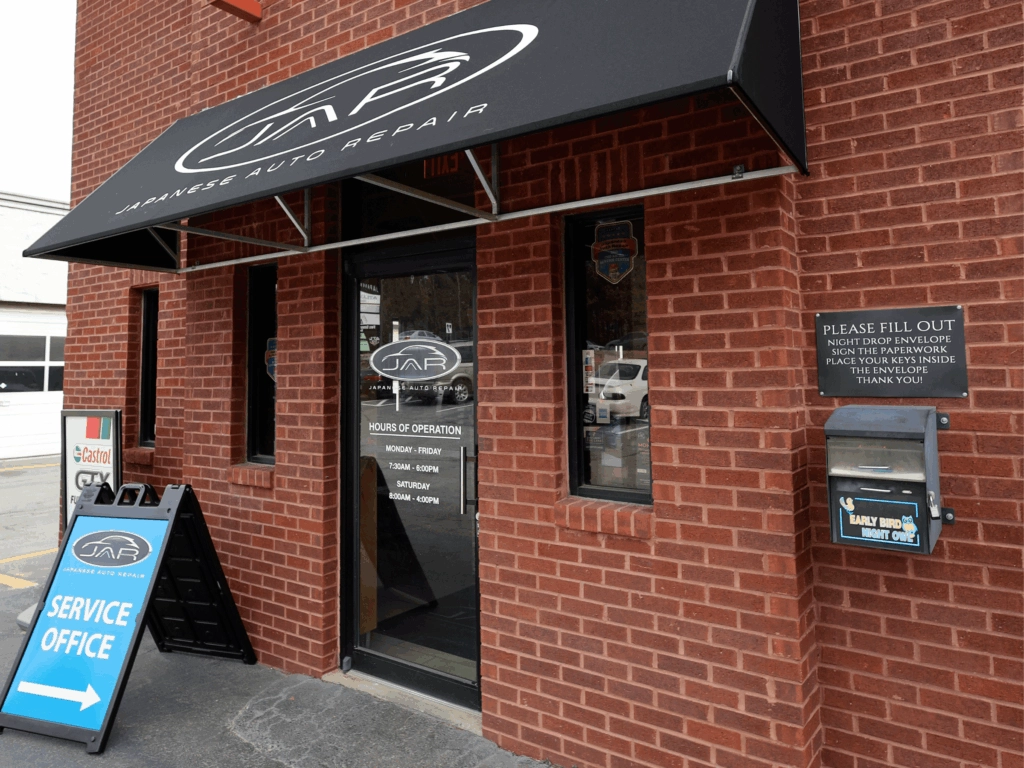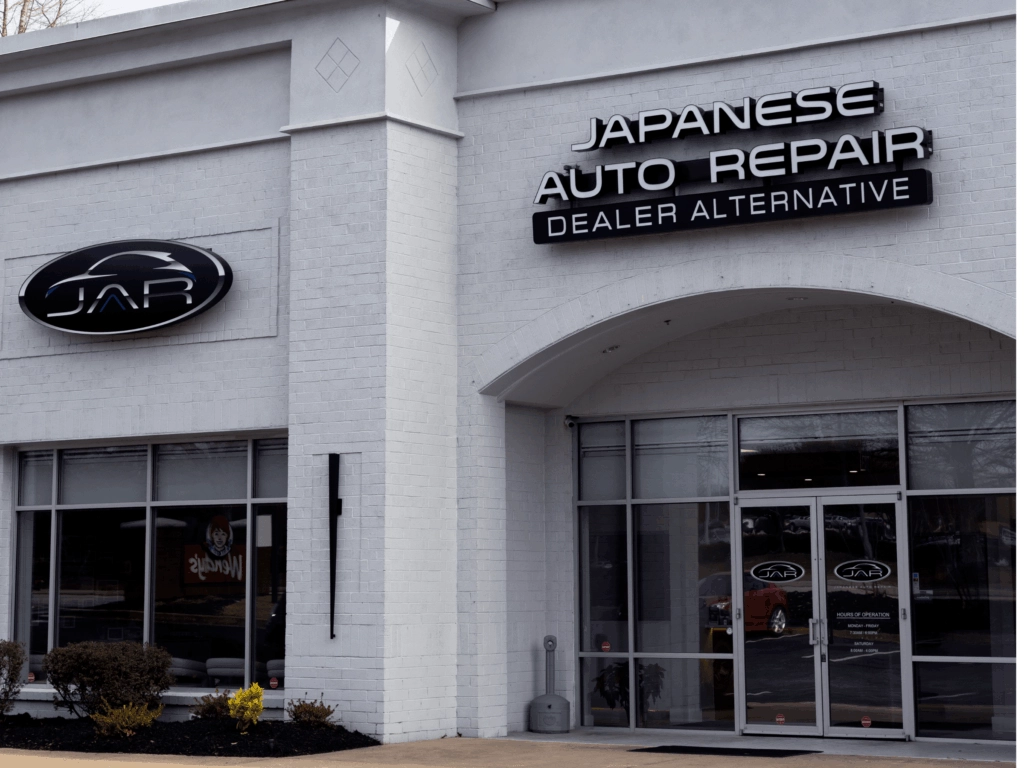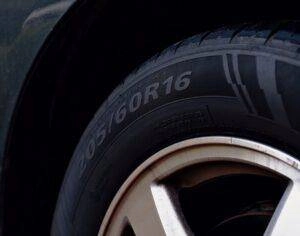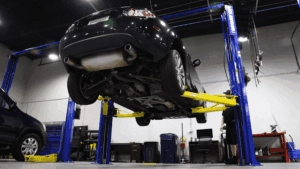Tire Balancing: Your Guide for a Smooth Driving Performance
Tire balance is a crucial yet often misunderstood component of vehicle maintenance that significantly impacts ride quality, tire longevity, and overall driving safety. At Japanese Auto Repair in Suwanee and Buford, we recognize the vital role proper tire balancing plays in delivering optimal vehicle performance and protecting your tire investment. Let’s explore what tire balancing involves and why it should be a cornerstone of your regular maintenance schedule.
What is Tire Balance?
Tire balance refers to the equal distribution of weight around the entire circumference of a tire and wheel assembly. This process involves adding small weights to the rim to counteract any heavy spots that naturally occur during tire and wheel manufacturing. When properly balanced, your tire and wheel assembly rotates smoothly without creating vibrations or uneven forces that can affect vehicle handling and comfort.
According to the National Highway Traffic Safety Administration (NHTSA), tire balancing ensures wheels rotate properly and prevents vehicle shaking or vibration, with new tires always requiring balancing when installed1. Professional balancing typically occurs every 12,000 to 15,000 miles or whenever new tires are mounted.
Types of Tire Balancing Methods
Static Balancing
Method: Single-plane correction
Application: Addresses up-and-down vibrations by correcting weight imbalances in one plane. Commonly used for narrower tires and wheels.
Dynamic Balancing
Method: Two-plane correction
Application: Corrects both lateral and radial force variations. Essential for modern wider tires and high-speed driving conditions.
Road Force Balancing
Method: Advanced load simulation
Application: Uses a loaded roller to simulate road conditions, identifying issues that standard balancing might miss.
Why is Tire Balance Critical?
Key Performance Benefits:
- Vibration Elimination: Proper balance eliminates steering wheel shake and seat vibrations, ensuring comfortable driving at all speeds.
- Extended Tire Life: Balanced tires wear evenly, potentially extending tire lifespan by up to 30% compared to unbalanced tires.
- Enhanced Vehicle Handling: Balanced wheels provide predictable steering response and improved vehicle stability during cornering and braking.
- Reduced Component Wear: Proper balance minimizes stress on suspension components, wheel bearings, and steering systems.
- Improved Fuel Efficiency: Balanced tires reduce rolling resistance and parasitic energy losses, contributing to better fuel economy.
- Safety Enhancement: Eliminates dangerous vibrations that can compromise driver control, especially at highway speeds.
Recognizing Unbalanced Tire Symptoms
Steering Wheel Vibration
Noticeable shaking in the steering wheel, particularly at speeds between 50-70 mph, indicating front wheel imbalance.
Seat or Floorboard Vibration
Vibrations felt through the vehicle body, typically indicating rear wheel imbalance issues affecting overall ride comfort.
Uneven Tread Wear
Irregular wear patterns, cupping, or scalloping on tire treads, suggesting persistent imbalance affecting tire contact with road surface.
Increased Road Noise
Unusual humming or droning sounds that vary with vehicle speed, often accompanying other vibration symptoms.
How Japanese Auto Repair Can Help
Professional Tire Balancing Services in Suwanee and Buford
At both our Suwanee and Buford facilities, we provide comprehensive tire balancing services using state-of-the-art computerized balancing equipment. Our ASE-certified technicians understand the nuances of different balancing techniques and can recommend the optimal approach based on your vehicle type, driving conditions, and performance requirements.
Our Complete Balancing Services Include:
- Computerized Dynamic Wheel Balancing
- Road Force Variation Testing and Correction
- Precision Weight Placement and Optimization
- Pre and Post-Balance Vibration Analysis
- Comprehensive Tire and Wheel Inspection
- Balance Verification and Quality Assurance Testing
Tire Balancing Frequency and Best Practices
Recommended Service Intervals
Industry experts recommend tire balancing every 12,000 to 15,000 miles under normal driving conditions2. However, certain factors may necessitate more frequent balancing:
Tire Rotation: Consider balancing whenever tires are rotated to maintain optimal performance
Aggressive Driving: High-performance driving or frequent hard braking may require balancing every 8,000-10,000 miles
Poor Road Conditions: Frequent driving on rough or unpaved roads can affect balance more quickly
Wheel Impact: Any significant pothole strike or curb impact should prompt immediate balance inspection
Signs It’s Time for Rebalancing
Beyond regular intervals, watch for these indicators that suggest immediate attention is needed: vibration onset at specific speeds, changes in steering feel, unusual tire wear patterns developing, or any noticeable increase in road noise levels.
Common Tire Balancing Misconceptions
Balancing is Only Needed for New Tires:
Reality: While new tires should always be balanced, existing tires require periodic rebalancing as weights can shift or fall off, and normal wear can create new imbalances over time.
Alignment and Balancing are the Same Service:
Reality: These are completely different services. Alignment adjusts wheel angles relative to the vehicle and road, while balancing addresses weight distribution around the wheel circumference. Both are essential but serve distinct purposes.
Expensive Tires Don’t Need Balancing:
Reality: All tires, regardless of price or quality, require proper balancing. Premium tires may have better initial uniformity, but they still need professional balancing for optimal performance and longevity.
Balancing Can Wait Until Problems Develop:
Reality: Preventive balancing is far more cost-effective than waiting for symptoms to appear. Early rebalancing prevents premature tire wear and expensive suspension component damage.
The Technology Behind Modern Balancing
Today’s computerized balancing machines use sophisticated sensors and algorithms to detect even minute weight variations. These machines can identify imbalances as small as 0.25 ounces and precisely calculate optimal weight placement for correction. Advanced road force balancers can even simulate actual driving loads, identifying issues that traditional balancing might overlook.
Cost Considerations and Value
Professional tire balancing typically costs between $15-50 per tire, making it one of the most cost-effective maintenance services available. When considering that unbalanced tires can reduce tire life by thousands of miles and cause expensive suspension damage, regular balancing provides exceptional value for maintaining vehicle performance and reliability.
Conclusion
Incorporating regular tire balancing into your maintenance routine is essential for maximizing tire performance, ensuring driving comfort, and protecting your vehicle investment. At Japanese Auto Repair, our commitment to precision balancing services helps you maintain optimal vehicle performance and safety.
For detailed information about our tire balancing services, visit japaneseautorepair.net or visit our Suwanee or Buford locations. Our expert team is ready to provide the professional balancing services your vehicle deserves!
Our Two Convenient Locations

Japanese Automotive Repair of Suwanee
920 Peachtree Industrial Blvd
Suwanee, GA 30024
Phone: (678) 482-5558
Fax: (678) 482-7528
Hours of Operation:
Monday – Friday 7:30AM – 6PM
Saturday 8AM – 4PM
Sunday Closed

Japanese Automotive Repair of Buford
2355 Mall of Georgia Blvd
Buford, GA 30519
Phone: (678) 541-5700
Fax: (678) 765-7300
Hours of Operation:
Monday – Friday 7:30AM – 6PM
Saturday 8AM – 4PM
Sunday Closed
ACCEPTED FORMS OF PAYMENT: American Express, Discover/Novus, MasterCard, Visa, Cash, Gift Certificate, All extended warranties accepted, Coupons, and Money Order.




